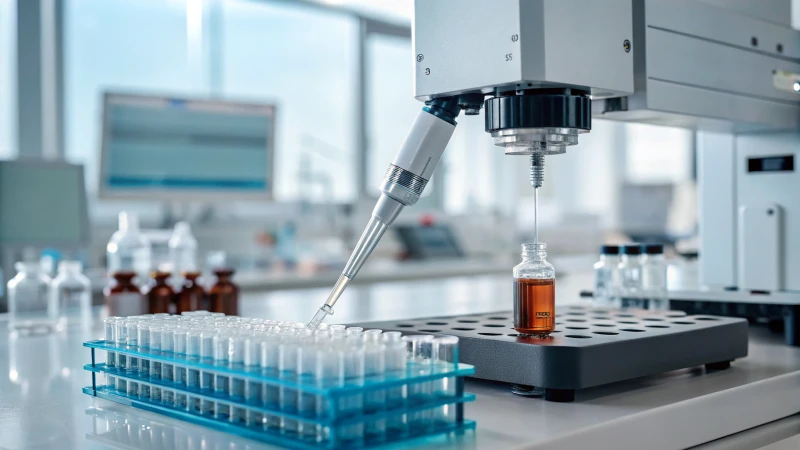
Ever wondered how a smart dropper can magically measure the perfect dosage every time?
Smart droppers use MEMS sensors and microfluidic technology for automatic, precise dosage measurement by detecting liquid properties and calibrating doses accurately, even with viscosity variations.
I remember the first time I tried to measure out the exact dose of a serum with an ordinary dropper. It was a messy ordeal—too much or too little, never just right. That’s when I started exploring smart droppers, these brilliant little devices that seem to do the impossible. Using MEMS sensors, they detect the liquid’s properties and adjust for things like viscosity, ensuring each drop is spot-on. It’s like having a personal lab assistant for your skincare or medical needs. As someone deeply invested in quality and innovation in cosmetic packaging, I’m excited about how these advances can redefine precision in daily routines.
Smart droppers use MEMS sensors for dosage measurement.Vero
MEMS sensors enable precise measurement by detecting liquid properties.
Smart droppers cannot adjust for viscosity variations.Falso
These devices calibrate doses accurately, even with viscosity changes.
What Are the Core Technologies Behind Smart Droppers?
Ever wondered what makes smart droppers so precise and versatile? They’re changing the game in liquid dispensing, from skincare to agriculture.
Smart droppers use MEMS sensors and microfluidic technology to achieve precise liquid dispensing, ensuring accuracy and adaptability across various fields.
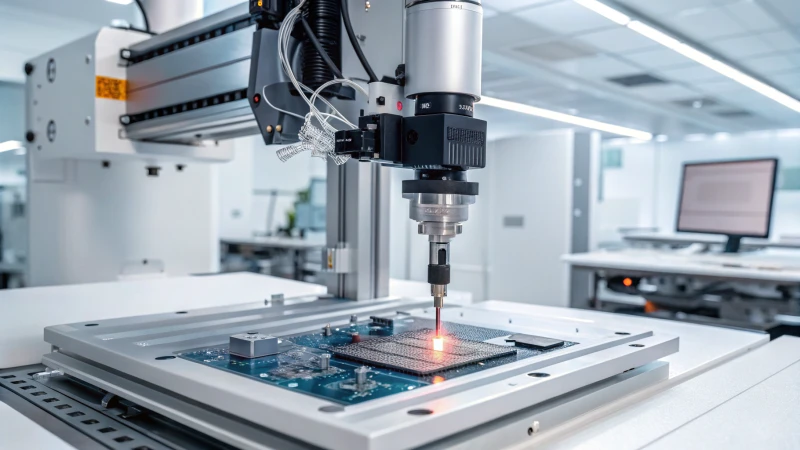
MEMS Sensors and Their Role
Let me take you back to a time when I was fascinated by the precision of liquid measurements. Micro-Electro-Mechanical Systems (MEMS) sensors, which are like tiny engineering marvels, play a crucial role in smart droppers. They detect even the smallest changes1 in liquid flow and volume with stunning accuracy. I remember the first time I saw one in action—how it responded to the slightest variation was nothing short of mesmerizing. The production of these sensors demands meticulous precision, much like crafting a delicate piece of art, because even a minor misstep can throw everything off.
Microfluidic Technology
Microfluidic technology is another cornerstone, channeling tiny volumes of fluids through complex networks. Picture a miniaturized water park where every slide is a carefully crafted channel guiding your favorite serum to its destination. This tech offers precise control over liquid movement and mixing, crucial for products like personalized skincare2. Imagine having a dropper that knows exactly what your skin needs, right down to the molecule!
Electrochemical Detection Methods
I once delved into electrochemical detection methods out of sheer curiosity. This technique measures properties like the concentration of active ingredients in liquids. It’s gaining popularity for its ability to analyze complex solutions3 in real-time, opening doors for advanced applications. Imagine being able to check the potency of your vitamin C serum on the spot—it’s like having a personal lab in your bathroom!
AI Integration and Real-Time Analysis
The future is here with AI integration in smart droppers, and it’s exhilarating. Algorithms now allow us to analyze properties such as pH levels instantaneously. I find it incredible how this technology is set to revolutionize smart healthcare applications4. Just think about the potential—soon, we could have droppers that customize skincare regimens based on real-time data about our skin’s needs.
| Technology | Application | Key Advantage |
|---|---|---|
| MEMS Sensors | Precise dosing | High accuracy |
| Microfluidics | Fluid control | Customization |
| Electrochemical Detection | Concentration measurement | Real-time analysis |
| AI Integration | Property analysis | Enhanced adaptability |
Business and Market Opportunities
The smart dropper market is teeming with opportunities. Cross-industry collaborations are leading to innovations with medical-grade precision in skincare. Can you imagine personalized droppers that tailor doses based on DNA or skin scans? It’s a thrilling prospect that’s becoming more viable each day.
As I look at the potential for partnerships between tech and healthcare sectors, I see a future brimming with possibilities—where smart droppers push boundaries and redefine what’s possible.
MEMS sensors ensure precise liquid measurement in smart droppers.Vero
MEMS sensors detect minute changes in liquid flow, ensuring accuracy.
AI integration in smart droppers is not yet commercially viable.Falso
AI is poised to enter the market soon, enhancing adaptability.
How Do Smart Droppers Address Calibration Challenges?
Ever wondered how smart droppers are redefining precision in liquid dispensing?
Smart droppers tackle calibration challenges by employing MEMS sensors and electrochemical detection for precise dosing. The integration of AI further refines accuracy through real-time analysis of liquid properties.
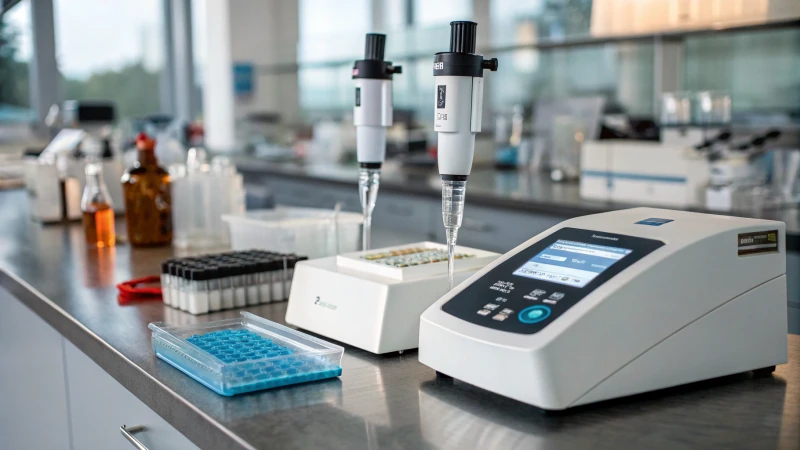
Leveraging MEMS Sensors for Precision
You know those moments when you’re trying to get just the right amount of syrup on your pancakes, but somehow it ends up as a sticky mess? Smart droppers are like the pancake syrup whisperers. They use these incredible little gadgets called Micro-Electro-Mechanical Systems (MEMS) sensors that can detect even the tiniest changes in liquid. It’s like they have a sixth sense for getting things just right, every single time.
But here’s the twist—getting these sensors to work perfectly is no walk in the park. It’s like trying to teach a cat to fetch. Precision in production is key, especially with liquids that have different viscosities. That’s where electrochemical detection5 comes in handy, making it possible to accurately measure active ingredients like Vitamin C, ensuring these smart droppers can be used in advanced settings6, from medicine to skincare.
AI-Driven Real-Time Analysis
Integrating Artificial Intelligence (AI) into smart droppers is like having a tech-savvy friend who can instantly adjust your playlist based on your mood. AI analyzes liquid properties in real-time, such as pH levels, allowing for super precise calibration. This not only ensures accuracy but also adapts to changing conditions, which is crucial in fields like pharmaceuticals.
European suppliers are leading the charge, experimenting with these AI-driven innovations, and I can’t wait to see how they’ll transform industries in the next few years. This real-time feedback loop7 ensures consistent dosing, eliminating the need for manual recalibration—a boon for industries where precision isn’t just preferred; it’s a necessity.
Addressing Material and Design Considerations
Remember that one time you bought a fancy new gadget, only for it to break after a month because it wasn’t built to last? High-precision smart droppers dodge that bullet by using materials like PPSU or PTFE—think of them as the superhero duo against corrosion and wear. These materials ensure that the droppers maintain integrity despite fluctuating environmental conditions. Plus, a modular design8 means you can easily swap out sensors or chips, reducing maintenance headaches.
Material Table:
| Material | Property | Application |
|---|---|---|
| PPSU | Corrosion-resistant | Medical applications |
| PTFE | High durability | Industrial processes |
Overcoming Supply Chain and Cost Implications
Navigating the supply chain for smart droppers is like preparing a gourmet meal—you need to make sure every ingredient is top-notch. Ensuring sensor certifications are credible and managing mold development costs are critical steps in maintaining the reliability of these devices. It’s a fine balance between cost and quality, but with careful vetting, it’s possible to avoid pitfalls like false certifications.
Understanding these factors is vital for ensuring smart droppers deliver consistent performance across various applications—from cosmetic packaging9 to precision agriculture—and let’s be honest, nobody wants to deal with a dropper that doesn’t drop correctly.
MEMS sensors detect minor liquid changes for calibration.Vero
MEMS sensors are essential for detecting small changes in liquid properties, aiding precise calibration.
AI adjusts smart droppers without manual recalibration.Vero
AI enables real-time feedback and adaptive calibration, eliminating manual adjustments.
Can Smart Droppers Be Used in Personalized Skincare?
Imagine being able to customize each drop of your skincare products to perfectly match your skin’s needs. Smart droppers are turning this dream into a reality.
Yes, smart droppers can be used in personalized skincare. They utilize cutting-edge technologies like MEMS sensors and AI algorithms to dispense precise doses of skincare ingredients, tailored specifically to an individual’s unique skin needs.
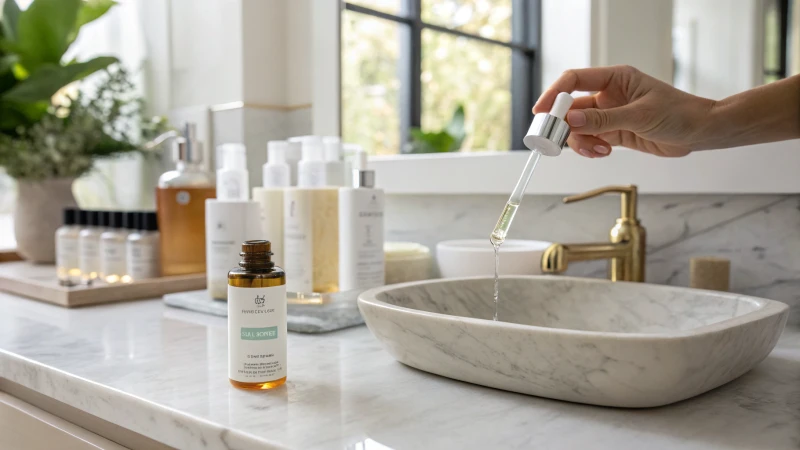
The Technology Behind Smart Droppers
Picture this: it’s a quiet evening, and I’m winding down with my favorite nighttime routine. But instead of guessing how much serum to apply, a smart dropper does the thinking for me. These smart droppers use MEMS sensors10, kind of like having a mini lab in my bathroom, ensuring every drop is just the right amount. They work with microfluidic technology for ultimate control over how much product is dispensed—no more wasted product or guessing games!
Innovations in Sensor Technology
Have you ever worried about whether you’re getting enough Vitamin C in your serum? With electrochemical detection methods, these smart droppers make sure the exact concentration of active ingredients is measured precisely. It’s like having a personal skincare specialist on call!
| Technology | Functionality |
|---|---|
| MEMS Sensors | Precise dosing through micro-scale measurements |
| Microfluidic Technology | Control over fluid movement within the dropper |
| Electrochemical Detection | Measures concentrations of active ingredients |
The Role of AI in Skincare Personalization
And then there’s AI integration—think about it as having a skincare routine that’s as smart as it is kind. By analyzing properties like pH levels, AI ensures my skincare is tailored to perfection in real-time. It’s not just futuristic; it’s happening soon and promises to completely change how we see personalized skincare11.
Practical Applications and Benefits
- Precise Dosing: Thanks to smart droppers, I can avoid both slathering too much or using too little, making every application count.
- Customization: By using tech like DNA testing or skin scanning, these droppers personalize dosages, so I get treatments that are just right for my skin.
- Sustainability: With potential for rechargeable designs, these droppers are friendly not just to my skin but also to the planet.
Potential Challenges and Considerations
Of course, it’s not all smooth sailing. There’s always a risk of supply chain issues12, especially with counterfeit tech that could affect quality. Plus, high-end materials like PPSU or PTFE, which are crucial for durability, might make these droppers a bit pricey.
Ensuring sensors remain accurate despite changes in viscosity is another hurdle. But overcoming these will make smart droppers a staple in our routines.
Market Opportunities and Consumer Trends
The personalized skincare market is set to grow rapidly, with an annual increase of 12.5%. Smart droppers, as the future of dosage management, are ready to seize this opportunity.
Brands are collaborating across industries to create medical-grade precision droppers aimed at the ‘medical skincare’ market, broadening their reach and consumer appeal.
Conclusione
While we’re still at the early stages, smart droppers show great promise in transforming personalized skincare through precise dispensing and tailored treatments. As technology progresses, these innovations could completely revolutionize our beauty routines to better meet individual needs and preferences.
For anyone curious about the blend of AI with intelligent droppers and its influence on skincare, exploring these trends and insights could be just the ticket. This emerging tech is set to redefine how we pamper our skin.
Smart droppers use MEMS sensors for precise dosing.Vero
MEMS sensors allow for micro-scale measurements, ensuring accurate dosing.
AI in smart droppers can personalize skincare formulations.Vero
AI analyzes liquid properties to tailor formulations in real-time.
What Are the Future Prospects for Smart Dropper Technology?
Imagine a world where your skincare or medication is perfectly tailored to you, every time. Smart dropper technology might just make that dream a reality.
The future of smart dropper technology is bright, propelled by breakthroughs in MEMS sensors and AI. These cutting-edge technologies promise precise dosing and personalized solutions across sectors like healthcare, beauty, and agriculture.
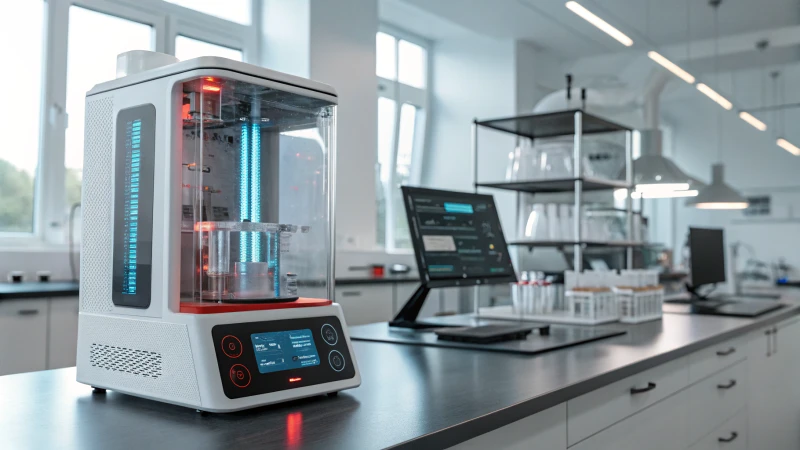
Advancements in Core Technologies
I remember the first time I heard about smart droppers—it felt like stepping into the future. These little devices are powered by advanced tech like MEMS sensors13 and microfluidics, which are revolutionizing how we think about dosing precision. Picture this: a pharmaceutical company using these sensors to ensure that every dose of medication is spot on, helping patients stay on track with their treatments.
Across the pond, European companies are piloting AI-driven systems to analyze liquid properties in real-time. This is where it gets exciting—imagine being able to customize your skincare routine with the perfect concentration of ingredients like Vitamin C, all thanks to AI.
Emerging Market Opportunities
The market for these smart droppers is expanding rapidly, especially in the personalized skincare and medical sectors. I’ve seen firsthand how collaborations between cosmetic brands and medical firms are leading to groundbreaking innovations in "medical skincare." These products offer medical-grade precision that consumers can rely on.
Forecasts suggest a 12.5% annual growth rate in the personalized skincare market by 2024. This growth means big opportunities for smart droppers as tools for personalized dosage management, potentially even incorporating DNA testing or skin analysis for truly bespoke solutions.
| Sector | Opportunity |
|---|---|
| Cosmetics | Medical-grade precision droppers for personalized skincare |
| Agriculture | Intelligent irrigation systems enhancing crop yields |
| Healthcare | Precise medication dosing improving patient compliance |
Addressing Supply Chain Challenges
Navigating the supply chain for smart droppers can feel like solving a complex puzzle. Issues like counterfeit sensors and fluctuating material costs are hurdles that need careful attention. Ensuring sensor accuracy is crucial; otherwise, the whole system can fall apart.
Expensive materials like PPSU or PTFE make the cost of producing these devices unpredictable. That’s why it’s essential to choose suppliers wisely and implement robust quality control measures.
Optimizing Design and Functionality
When it comes to design, smart droppers are undergoing some exciting transformations. Innovations such as modular designs with replaceable components can cut down on maintenance costs and build consumer loyalty.
Additionally, incorporating micro solar charging technology can extend the lifespan of battery-powered droppers, which aligns perfectly with the sustainability goals many regions are striving for.
For more insights on these design advancements, check out nano-coating technology14 which reduces liquid residue, enhancing measurement precision.
Tailoring Solutions for Regional Markets
Different regions have unique demands when it comes to smart droppers. In North America, sustainability takes center stage, pushing for eco-friendly materials and energy-efficient designs.
European consumers, on the other hand, gravitate towards high-tech aesthetics, fueling demand for stylish yet functional droppers. In Asia, the focus shifts to affordability, where cost-effective mid-range products capture the market’s attention.
| Region | Preference |
|---|---|
| North America | Sustainability and eco-friendly design |
| Europe | High-tech aesthetics |
| Asia | Cost-effective mid-range products |
By understanding these regional nuances, companies can strategically position their products to gain a competitive edge globally. For a deeper dive into these trends, review insights on regional market differences15.
MEMS sensors enhance precision in smart droppers.Vero
MEMS sensors, when integrated with microfluidics, improve dosing accuracy.
European markets demand eco-friendly smart droppers.Falso
European consumers prefer high-tech aesthetics over eco-friendly designs.
Conclusione
Smart droppers utilize MEMS sensors and AI for precise dosage measurement, adapting to liquid properties and viscosity, revolutionizing applications in skincare, healthcare, and agriculture.
-
Learn about the critical role of MEMS sensors in achieving precise dosing in smart droppers. ↩
-
Discover how microfluidics contributes to the accuracy and customization of liquid dispensing. ↩
-
Explore how electrochemical methods offer real-time analysis of complex liquid solutions. ↩
-
Find out how AI integration enhances the adaptability and functionality of smart droppers. ↩
-
Exploring this technology provides insights into its role in enhancing smart dropper calibration. ↩
-
Understanding these applications can reveal potential innovations in smart droppers. ↩
-
Learning about real-time systems showcases their impact on improving smart dropper accuracy. ↩
-
Modular design benefits include cost reduction and ease of maintenance. ↩
-
This query delves into how smart droppers enhance cosmetic product delivery. ↩
-
Learn how MEMS sensors enhance the precision of smart droppers for accurate skincare applications. ↩
-
Discover how AI tailors skincare solutions to individual needs through real-time analysis. ↩
-
Understand potential risks in supply chain that could affect smart dropper quality. ↩
-
Discover how MEMS sensors enable precision dosing essential for pharmaceuticals and other applications. ↩
-
Learn how nano-coating technology minimizes residue, boosting precision in liquid measurement. ↩
-
Explore how different regions prioritize aspects like sustainability and cost-effectiveness. ↩



